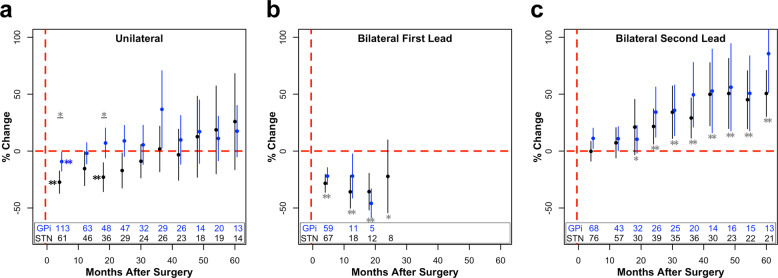Fig. 1. Percent change in PDQ-39SI across surgical cohorts.
Percent change (µ ± 2 × s.e.m.) in PDQ-39SI after unilateral DBS (a), after the first lead of staged bilateral DBS (b), and after the second lead of staged bilateral DBS (c) of the GPi (blue) or STN (black). The number of patients included in each data point across time is listed at the bottom of each graph. For visualization purposes, bins with less than five data points are removed. Blue (GPi) or black (STN) stars (*p < 0.05; **p < 0.01) represent significant improvements in PDQ scores compared to baseline values, whereas gray stars with a line underneath represent significant differences between the STN and GPi at the specified time point. If a target was not significant within the mixed model, STN and GPi were pooled together, and compared to baseline, represented by a gray star without a line (*p < 0.05; **p < 0.01). These values were corrected for multiple comparisons using false discovery rate correction.

